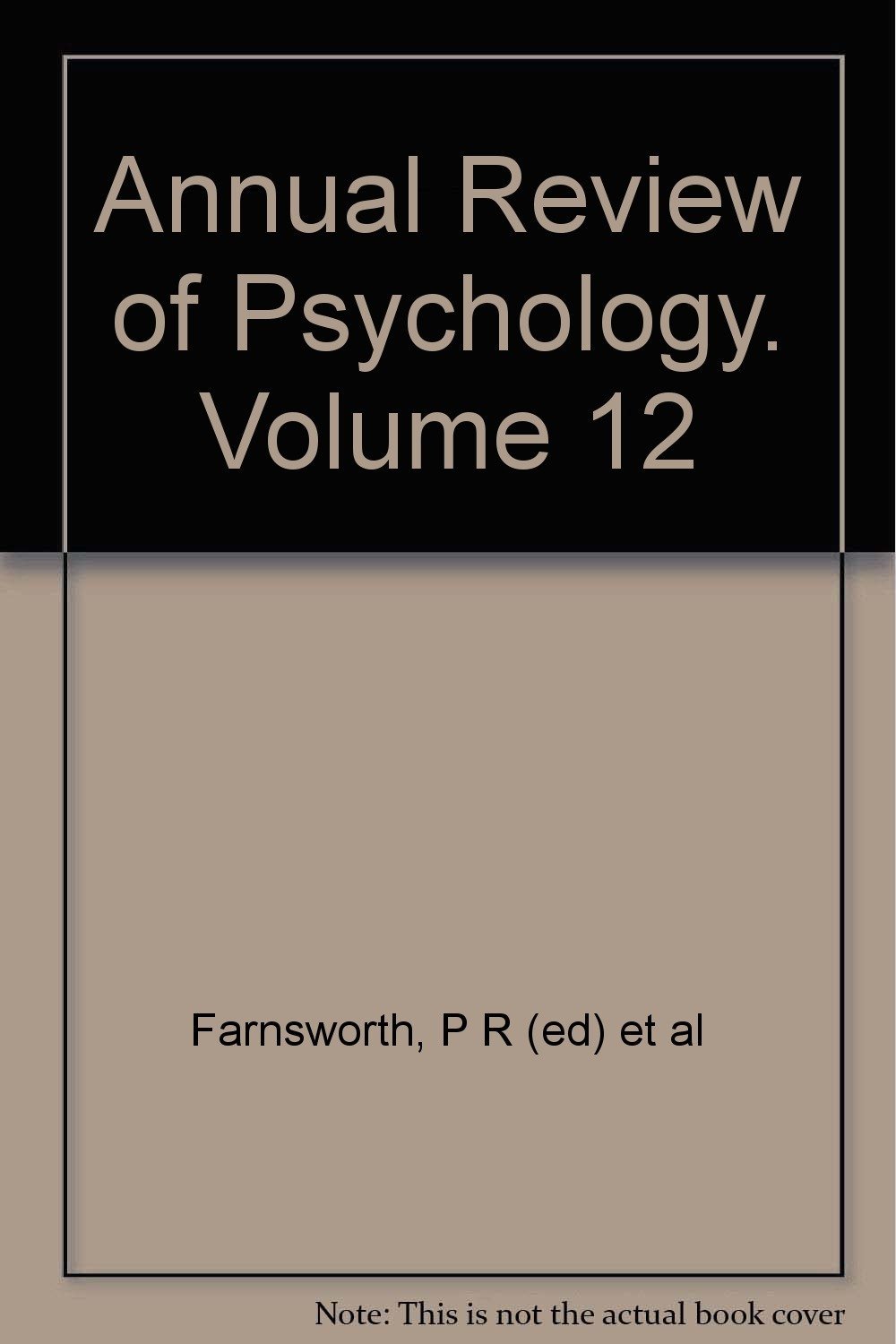The Impaired Response Inhibition and Salience Attribution Model of Drug Addiction: Recent Neuroimaging Evidence and Future Directions
IF 29.4
1区 心理学
Q1 PSYCHOLOGY
引用次数: 0
Abstract
Originally postulated in 2001, the impaired response inhibition and salience attribution (iRISA) model of addiction highlights the prefrontal cortex (especially the orbitofrontal, dorsolateral, anterior cingulate, and inferior frontal regions) as central to drug addiction symptomatology. Accordingly, drug cues assume a heightened salience and value that overpower alternative reinforcers, with a concomitant decrease in inhibitory control, especially in a drug-related context. These processes may manifest in metacognitive impairments (e.g., self-awareness of choice), obstructing insight into illness, as a function of recency of drug use. In this review, we update the neurobehavioral evidence for iRISA two decades later, emphasizing the robust measurement of the iRISA interaction (between a drug-related cue/context and a cognitive-behavioral function), and highlight relevant individual differences (e.g., drug use severity, craving). Crucially, we describe data suggesting functional recovery (with abstinence, treatment, and other emerging modalities) and the need for identifying valid outcome biomarkers. We end by highlighting recent developments in artificial intelligence (e.g., natural language processing applied to spontaneous speech) and computational modeling, and call for enhanced ecological validity to facilitate dynamic and clinically meaningful neural explorations in drug addiction.药物成瘾的受损反应抑制和显著归因模型:近期神经影像学证据和未来方向
成瘾的反应抑制受损和显著归因(iRISA)模型最初于2001年提出,强调前额叶皮层(特别是眶额、背外侧、前扣带和额下区)是成瘾症状学的核心。因此,药物提示具有更高的重要性和价值,压倒了替代强化物,同时抑制控制减少,特别是在与药物相关的环境中。这些过程可能表现为元认知障碍(例如,选择的自我意识),阻碍对疾病的洞察,作为近期吸毒的功能。在这篇综述中,我们更新了二十年后iRISA的神经行为证据,强调了iRISA相互作用(药物相关线索/背景和认知行为功能之间)的可靠测量,并强调了相关的个体差异(例如,药物使用严重程度,渴望)。至关重要的是,我们描述了表明功能恢复(通过戒断、治疗和其他新兴模式)的数据,以及确定有效结果生物标志物的必要性。最后,我们强调了人工智能(例如,应用于自发语音的自然语言处理)和计算建模的最新发展,并呼吁提高生态有效性,以促进药物成瘾的动态和临床有意义的神经探索。
本文章由计算机程序翻译,如有差异,请以英文原文为准。
求助全文
约1分钟内获得全文
求助全文
来源期刊

Annual review of psychology
医学-心理学
CiteScore
47.30
自引率
0.80%
发文量
48
期刊介绍:
The Annual Review of Psychology, a publication that has been available since 1950, provides comprehensive coverage of the latest advancements in psychological research. It encompasses a wide range of topics, including the biological underpinnings of human behavior, the intricacies of our senses and perception, the functioning of the mind, animal behavior and learning, human development, psychopathology, clinical and counseling psychology, social psychology, personality, environmental psychology, community psychology, and much more. In a recent development, the current volume of this esteemed journal has transitioned from a subscription-based model to an open access format as part of the Annual Reviews' Subscribe to Open initiative. As a result, all articles published in this volume are now freely accessible to the public under a Creative Commons Attribution (CC BY) license.
 求助内容:
求助内容: 应助结果提醒方式:
应助结果提醒方式:


